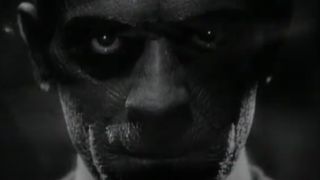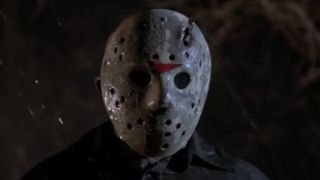horror
Latest horror

While Sharing Update On Happy Death Day 3, The Franchise’s Producer Reveals Scrapped Idea For The Project That’s Giving Me FOMO
By Ryan LaBee published
This would have been an unexpected twist for the franchise.

Critics Have Seen The Woman In The Yard, And They Aren’t Holding Back Their Opinions Of The ‘Frustrating’ Horror Flick
By Heidi Venable published
The Blumhouse production is in theaters now.

Death Of A Unicorn's Cast Is Great, But I Need To Talk About One Actor Who Stole The Whole Movie
By Jason Wiese published
This actor almost outshines the unicorn.

‘It Felt Like A Fork In The Road’: Stephen King Explains The Book That Changed His Writing Career And Gave Him ‘A Real Moment Of Doubt’
By Eric Eisenberg published
The book that has defined the modern era of Stephen King.

I Know What You Did Last Summer Revealed Its New Poster, But I’m So Bummed About One Casting Issue
By Corey Chichizola published
Fix it!

Critics Have Seen Death Of A Unicorn, And They Agree On The Most Magical Element In A24's Bloody Horror-Comedy
By Heidi Venable published
Will you buy a ticket for this gory, mythical ride?

Death Of A Unicorn Review: I'm Here For The Gruesome Horror And Comedy, Not So Much For Jenna Ortega And Paul Rudd’s Family Drama
By Nick Venable published
Sometimes you have to take life (and death) by the horn.

The Last Of Us EP Explains Why Season 2 Switches Up How Abby’s Backstory Is Introduced, And I Honestly Think It Makes Sense
By Nick Venable published
Not everything has to stay the same.
CINEMABLEND NEWSLETTER
Your Daily Blend of Entertainment News
LATEST ARTICLES



